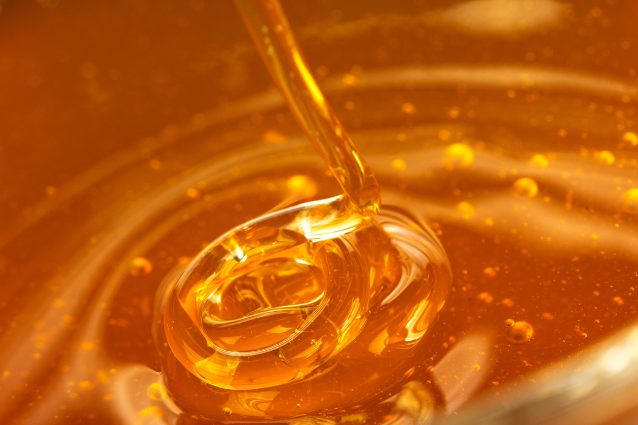How to replace sea salt in the kitchen: 8 natural alternatives
Spices, seaweed, aromatic herbs and sauces; who said that sea salt is so necessary for cooking? Very often, for reasons of health or taste, we choose to eliminate sea salt from our diets; but how to replace it in order not to give up tasty and delicious dishes? Here are 8 natural alternatives to replace sea salt with.
;)
An apparently irreplaceable food, sea salt is the main food flavoring, used in almost every preparation, sweet and above all savory. Salads, fried food and sautéed food; sea salt is always present, but abusing it can be very harmful to our health; replacing it is actually possible without sacrificing the taste and flavor of our dishes. The recommended amount per day is 5 grams but without realizing it very often we take more, risking weight gain, water retention and, in the most serious cases, cardio-circulatory problems or hypertension. How to replace it, then? Let's see 8 simple and healthy ways to prepare tasty dishes without using salt.
1. Spices instead of salt

Curry, cumin, coriander and of course chili; spices can be excellent alternatives to sea salt to flavor your dishes and are also great allies for our health, as they often contain precious antioxidants. Spices give not only flavor, but also an unmistakable scent to your dishes; perfect for flavoring white and red meats or vegetable-based recipes. If you don't believe us, try our chicken curry.
2. Garlic and onion instead of salt
Garlic and onion can be excellent alternatives to salt; they give taste and aroma to your dishes. Just think of how a simple tomato bruschetta can get better with minced garlic and a drizzle of extra virgin olive oil, or the flavor that a raw onion can add to a fresh mixed salad. The beneficial properties of these two ingredients should not be underestimated; garlic is excellent against hypertension, onion is rich in vitamins and mineral salts. The result: goodbye salt.
3. Aromatic herbs instead of salt

Aromatic herbs are a fundamental ally for those who prefer not to use salt, but do not want to give up tasty and fragrant dishes. Free space for the imagination in using bay leaves, rosemary, thyme, oregano, basil, marjoram and parsley; aromatic herbs are practically infinite and, if balanced in the right way, make roasts and sauces truly exquisite.
4. Soy sauce instead of salt
A fundamental ingredient in oriental cuisine, soy sauce is naturally very savory because it contains 15% salt; using it raw or during cooking makes risottos, curries and main courses not only fragrant but also "savory". A very valid alternative to salt, soy sauce is very easy to find on the counters of our supermarkets and its use seems to have no contraindications, except for glutamate which in the long run can weigh down our digestion.
5. Marinade instead of salt

Simple and at the same time effective technique, marinating meat and fish with oil, garlic, onion or spices before putting them in a pan is an excellent solution to avoid using salt during cooking. Also not to be underestimated is the fact that the marinade makes the ingredients soft and juicy, in addition to the flavor therefore also the consistency of the dish will not lose its charm.
6. Anchovies, olives and capers instead of salt
It may seem ordinary but it is not: to be tasty and good, cooking must be the result of a balance of tastes. In many recipes, the flavor of the salt can be replaced by that of other ingredients that are "already salty"; this is the case of capers, olives and anchovies which, even in small quantities, can add flavor to your dishes, giving them taste and aroma. Add them in the preparation of sauces, baked dishes or vegetable side dishes; you will not miss the salt at all.
7. Seaweed instead of salt

Spirulina, Kombu, Nori: these are just some of the best known food seaweed that you can use to replace sea salt in your recipes. Fresh, dried or in powder form, seaweeds are not only an excellent food flavoring, but also a real natural medicine; source of mineral salts, calcium, iron, proteins and iodine. They all have a very strong flavor that makes them perfect for main courses of meat and fish and sauteed vegetables.
8. Flakes of nutritional yeast instead of salt
Excellent for seasoning meat-based first and second courses, flakes of nutritional yeast are not only a flavor enhancer but also an excellent source of protein, iron, fiber and B vitamins. Easy to find in the supermarket or online, for its properties nutritional yeast is widely used in vegetarian and vegan diets. But be careful not to use it too much, the recommended dose is a maximum of 5 teaspoons per day.
;Resize,width=767;)
;Resize,width=712;)
;Resize,width=712;)

